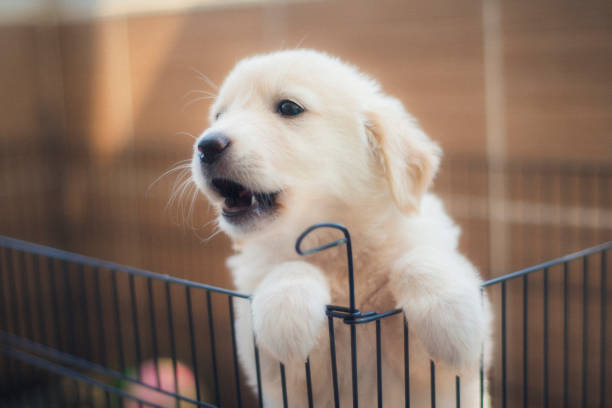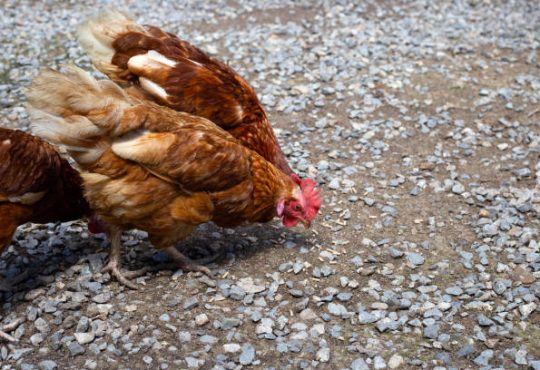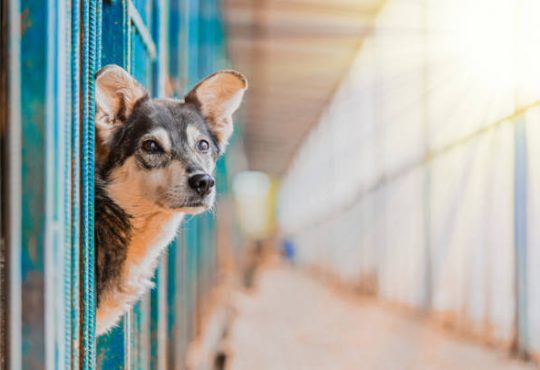
Crate training a puppy while at work
Crate training your puppy uses the instincts of the pup to find a quiet, comfortable place when their environment becomes overwhelming or too loud. This is a great way to prevent dogs from chewing things in the house or when housetraining. Crates can also be used to transport your dog inside the car safely.
Crushing caution
The crate does not solve all canine problems. When used incorrectly, dogs can feel trapped and frustrated. Crates are not an option for all dogs.
Crates can be used as a tool to control a certain behavior, but they should not be used as retribution. If you want to prevent accidents with food and jumping, it is better to put your dog into a crate when your guests arrive. Treats will help your dog associate the crate with a positive experience, regardless of when you do it.
Do not leave your dog alone in the crate for too long. Dogs that are crated day and night don’t get enough human interaction or exercise, and they can become anxious or depressed. If you want to decrease the time your dog spends in their crate, it may be necessary to hire a pet sitter or send them to a daycare center. Crates aren’t the only option. You can use a rope to keep your puppy from chewing or having an accident at night. They can still move around in a small area, but they can’t leave while you sleep.
Puppies younger than six months old shouldn’t be left in a crate longer than 3 or 4 hours. The puppies can’t control the bladder or bowels for that long. It’s the same for adult dogs that are being housetrained.
You can crate your dog for a while until you feel confident that they will behave properly in the home without causing any accidents or destructive behaviors. Gradually move your dog out of the crate and into an enclosed space in your house, such as your kitchen.
When you are home, the crate’s door should be left open so that your dog can get in when he needs a safe place. It’s also a sign that your dog is in need of some quiet time. Children and visitors should be taught to leave their dogs alone when they enter their crates.
Your dog may consider a crate to be their den, but you wouldn’t spend all your time in just one room in your house, so neither should your dog.
Imagine your dog living in a cage for years. Please help us stop puppy mills.
Every animal that is saved causes suffering to countless other animals. Create a world where animals are no longer forced to suffer in puppy mills, testing laboratories, or other heartbreaking conditions.
Crate Selection
The crate must be big enough for your pet to turn around and stand up. Choose a container that is large enough to accommodate your dog’s adult size if they are still growing. Containers may be available for rent at your local animal shelter. Renting allows you to trade up until your puppy reaches adult size.
The training process
Crate training may take days or even weeks, depending on the age, temperament, and previous experiences of your dog. While crate-training, it’s important to remember two things: the crate must always be associated with a pleasant experience, and training should occur in small steps. Do not go too quickly.
Introduce the dog to the crate
Place the crate where your family will spend a lot of time in the house, like the living room. In the box, place a blanket or bed. Let the dog explore at his own pace. Remove the door or prop it open. Some dogs are naturally curious and will start sleeping in their crate immediately. If your dog isn’t among them:
Bring your dog to the crate and speak to them with a cheerful tone. Make sure that the box is secured and open so it doesn’t scare your dog.
Dropping small treats near the door will encourage your dog to go inside. Then, drop them just inside and then all the way in. It’s okay if they don’t want to go in all the way at first. Please don’t force it.
Continue tossing food into the crate until your dog is able to walk into it calmly. Try tossing in a favorite toy if they don’t seem interested in treats. This may take several days or a few moments.
Feeding your dog in the crate
Start feeding your dog their normal meals close to the crate after introducing them to it. This will help create a positive association between the box and your dog.
If your dog enters the crate easily when you start Step 2, put the interactive puzzle toy or food-filled dish at the very back of the box.
If they are still reluctant to enter the crate, place the dish as far as they can go inside without getting scared or anxious. Every time you feed your dog, move the word further into the crate.
Close the door when your dog has a comfortable position in the crate and is eating. When you first do this, immediately open the door after they’ve finished eating. Each time you feed your dog, keep the door shut a little longer.
You may have increased their time too fast if they start to whine for release. Try leaving them in the cage for a shorter period next time.
Practice longer crating periods
You can confine your dog in their crate for short periods while you are home as long as they do not show signs of anxiety or fear.
Please bring them to the crate and offer them a tasty treat.
Use a voice command to get them in, like “crate.” Please encourage them to enter by pointing at the crate’s interior with a treat.
Praise your dog, give him the treat, and then close the door.
Spend 5-10 minutes sitting quietly next to the crate, then move into another room. Then, return to the room and sit again quietly for a few minutes.
Repeat this process multiple times per day. Gradually increase the time that you are out of sight and the time they spend in the crate.
You can start leaving your dog in the crate when you are gone for short periods and let them sleep there during the night. It may take a few days or even weeks.




